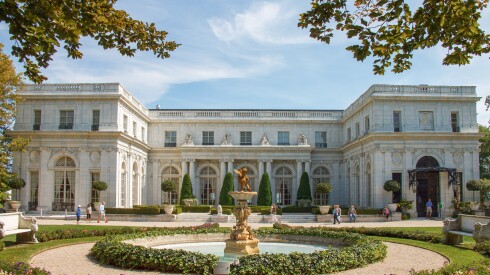The Essential Guide to Incheon
Once upon a time, Incheon was a quiet seaside village, pretty typical for Korea. The men went fishing, the women made kimchi. There were maybe a couple thousand people altogether in the region.
And then it got caught in the middle of a war. Incheon is where, late in 1950, the U.S. Marines landed, marking the beginning of the end of the Korean War, a war that ultimately claimed more than 40,000 American soldiers’ lives and an undetermined number of Koreans.
After the fighting, when Incheon had a chance to dig itself out from the mud and shrapnel, it became part of the Korean economic miracle, the country’s first official free-enterprise zone. With its perfect natural port, flat landscape and 3 million residents, it’s become as much a part of the Seoul megalopolis now as it is a place of its own.
Visit Incheon with a Korean War vet, and they likely won’t recognize a thing, except maybe a small area around Freedom Park. Where once there were rice ponds, there are now high-rise apartment buildings. Even the beach the Marines landed on has been filled and reshaped to make more room for the Korean economic miracle. But there’s an entire generation haunted by this place, and it’s well worth looking around.













